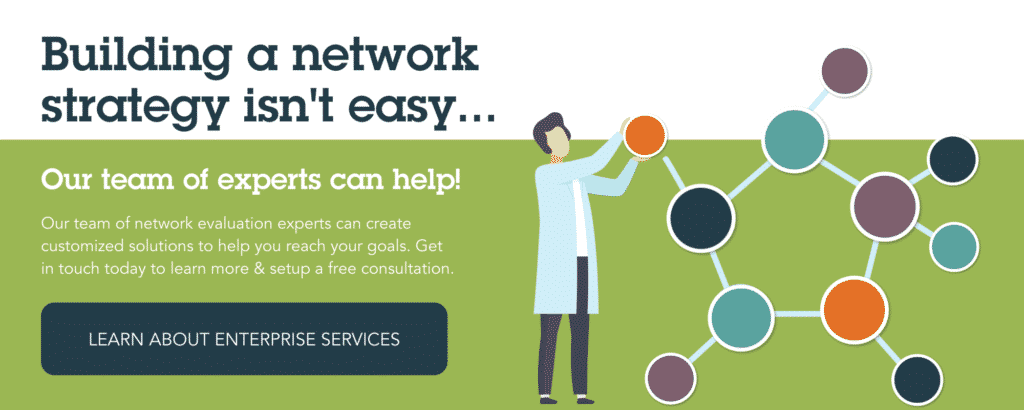The Value Non-Profits Bring to Cross-Sector Collaborations

While collaboration across organizations has always existed in one form or another, the need for organizations to engage with others for the pursuit of broad-reaching outcomes in the face of limited resources has increased substantially over the last thirty years. In particular, the non-profit sector has become an invaluable member of collaborative enterprise, with members of these organizations bringing much-needed domain expertise, management acumen, and in-kind resources to the collaborative table. However, despite the vital role that non-profit organizations have played in collaborative activity, little is known about the specific types of resources that non-profits contribute.
Our research on cross-sector collaboration, a term that refers to the joining of governmental, for-profit, and non-profit organizations in collaborative partnerships, explores the questions of resource contributions and other values that non-profits bring to these partnerships, and offers recommendations for how managers of cross-sector collaborations may best facilitate the collaborative’s ability to achieve collective outcomes.

Most studies that examine collaboration do so from the perspective of individual members — that is, researchers investigate the unique characteristics of each person (or organization) to determine patterns of engagement, best practices, and potential managerial alignments. In this study, we used an alternative approach that employed network analysis to uncover these patterns. In addition to studying participants’ individual characteristics, or attributes, we also examined the relationships that existed across organizations. We then used the relational findings to generate whole networks, which allowed us to gain a bird’s eye view of how many network members were present, the connections between individual organizations (for example, whether two participants from different organizations indicated working with each other, and if so, the extent to which they collaborated), and what organizations were situated most centrally in the network (i.e., those organizations with the greatest number of connections to others). Identifying these patterns enabled us to see not only the number of inter-organizational connections that were possible, but more importantly, what organizations contributed to their respective networks to enhance the likelihood of a successful collaborative undertaking.
We found that both for-profit and governmental survey respondents rated their non-profit partners as having the highest level of mission alignment for their collaborative’s work.
Ultimately, we found that non-profit organizations contributed a greater number of in-kind resources (e.g., meeting space), domain expertise, volunteers, community connections, leadership, and advocacy relative to their for-profit and governmental counterparts. We also found that both for-profit and governmental survey respondents rated their non-profit partners as having the highest level of mission alignment for their collaborative’s work. While these findings are important for empirically validating much of what researchers suspected was true of non-profits in collaborative settings, we also hope that they can help inform the decision-making process in the practice of coordinating and implementing collaborative programs, policies, or service delivery.
This study identified the dilemma of how best to manage cross-sector collaborations given what we concluded about each sector’s contributions to such activities. With our findings, it’s our suggestion that leaders or managers need to thoroughly understand what each organization can contribute in order to best leverage limited resources effectively. Additionally, collaborative leaders should emphasize flexibility, facilitation, and shared decision-making responsibilities to ensure that each participant’s unique value is used in the most meaningful way.

Collaborative leaders should emphasize flexibility, facilitation, and shared decision-making responsibilities to ensure that each participant’s unique value is used in the most meaningful way to achieve collective outcomes.
While evidence of a collective effort motivates organizations to engage in collaborative processes, members of networks have articulated their need to identify the value of the partnerships they are creating. More than fifteen years of evaluating networks has led to some valuable lessons: when members can articulate the value of participating in a network, and they are asked to contribute only the minimal amount of time necessary with a defined role, they will stay engaged over a longer period of time. When collaborative leaders think strategically about how to keep network members engaged in valuable relationships (a practice we refer to as Network Leadership) using data to understand perceptions and strategies for resource allocation (through tools like PARTNER), there is demonstrated success at sustaining engagement of network members over a longer period of time.
This article was originally posted at http://intersector.com/researcher-insights-the-value-non-profits-bring-to-cross-sector-collaborations/
About the Author: Dr. Danielle Varda
CEO, Founder, Professor, & Mother of Three Spirited Girls
Danielle is a scientist turned start-up founder, leading Visible Network Labs as CEO. Her combination of 20 years as a network scientist studying social connectedness and health, published author, 12 years as a tenured professor at the University of CO Denver, and her successful launch and scaling of the Center on Network Science came together in one big idea to start VNL. She is an entrepreneur, technologist, network scientist, fundraiser, and mother to three spirited girls. Her calling came when she realized her unique ability to develop technology solutions bridge complex systems science with everyday applications in communities, organizations, and business. She is a nationally known expert and keynote speaker on applied network science, with specific expertise in health system, public health system, entrepreneurial ecosystems, and educational system approaches. Danielle has published over 30 peer-reviewed articles on networks and their impact on health, well-being, and economic outcomes. Danielle leads VNL’s strategic partnership approach, is the company’s lead fundraiser, and has a vision for how to utilize network science to solve our most pressing and intractable problems.
In addition to her leading VNL, she is also an Associate Professor at the School of Public Affairs, University of Colorado Denver where she is Co-Director of the Center on Network Science, Director of the Nonprofit Concentration in the MPA program, and Advisor to the Dual MPA-MPH Degree. Additionally, she holds a secondary appointment in the Colorado School of Public Health, Department of Health Systems, Management, and Policy. She also has a courtesy Associate Professor appointment in the School of Information Sciences at the University of CO Boulder.







One Comment
[…] a study reported on Visible Network Labs, it was found “that nonprofit organizations contributed a greater number of in-kind resources […]